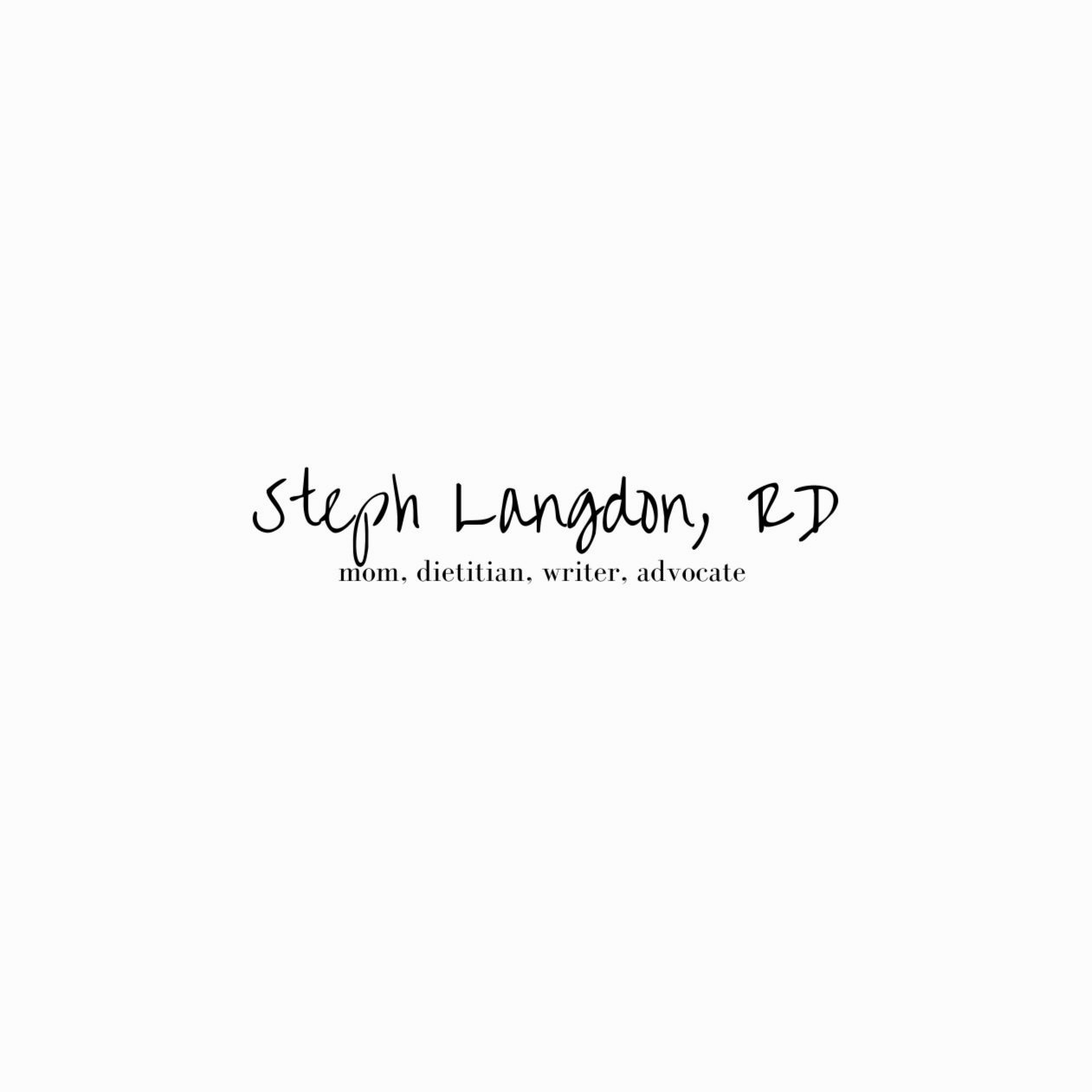Claire Kariya RD, CNSC
NATURAL TUBE FEEDING
for something nutrishus
I was inspired by the uniqueness of Claire’s Instagram page as the “Blenderized RD” (and her beautiful photos), so I reached out to her. She has a special story of seeing a gap/need within her area of practice for her patients and their families, but also for educating other dietitians of possibilities and options for their clinical work too. You can tell she is passionate about her work, and she’s helping to make sure dietitians are part of the conversation when it comes to the niche of homemade blended food.
Why did you become a RD?
I’ve always had a love of food and an interest in the science of digestion and nutrient absorption. In high school, I didn’t know that I could study nutrition in university or that nutrition was a career option. Luckily, while I was in university, majoring in Kinesiology, I was required to take a class called “Nutrition 101”. I loved every minute of the class and realized that I would rather be studying nutrition than kinesiology. I changed my major to Human Nutrition and then went on to become a dietitian. I feel very fortunate to have found a career that I love.
What area of dietetics do you work in?
I work in the clinical nutrition field. I care for critically-ill and acutely-ill patients in a large hospital and have a private practice where I support clients interested in a more natural approach to tube feeding.
How would you explain what you do?
I work with people who have medical conditions that impact their ability to eat by mouth. In some situations their nutrition has to be provided via a tube to their gastrointestinal tract. I have a special interest in the use of homemade blended food for this purpose and have dedicated many years of my career to the advancement of this practice.
What are your ‘typical’ daily/weekly tasks?
I work at a major hospital in Vancouver, Canada, where I provide specialized nutrition care to patients. My daily tasks include the assessment of critically-ill and acutely-ill patients to determine optimal nutrition interventions. This process involves collaboration with other members of the health care team and a significant amount of time spent with patients.
I also have a private practice which is focused on blenderized tube feeding (tube feeding using homemade blended food). On a weekly basis I work on recipe development and educational content for my tube feeding resource website.
I also spend time on my research and teaching activities.
What has been your career path?
While completing my dietetic internship at the University of Michigan, I felt at home in the hospital setting and enjoyed seeing the positive impact that nutrition could have on the healing and recovery of patients. Following internship, I was hired to work as a clinical dietitian at the major hospital in my hometown of Vancouver. After several years of experience in a variety of clinical areas, I became increasingly interested in blenderized tube feeding- using blended food instead of commercial formula for tube feeding. This practice is becoming increasingly popular among patients and their families, but is not always supported by dietitians. There seemed to be a lack of blenderized tube feeding resources and education opportunities. I wanted to try to change that. I ventured into blenderized tube feeding research, advocacy, and education to help increase acceptance among dietitians. In order to support patients and families interested in blending, I created a resource website and private practice- Natural Tube Feeding.
What advanced education or special training do you have?
I feel that my knowledge and expertise comes primarily from my 15 years of experience in the clinical nutrition field rather than formal education. That said, I do have a special credential- Certified Nutrition Support Clinician (CNSC) which means that I have passed an examination demonstrating specialized expertise in clinical nutrition. This credential pertains primarily to the care of adults and children requiring tube feeding or intravenous nutrition.
In an ideal world, what does the industry look like 5 years from now?
I would love to see more acceptance of blenderized tube feeding among dietitians. Currently, many tube fed patients are prescribed commercial formula without being told that other options exist. I hope that five years from now, every patient facing the prospect of long term tube feeding will be offered the option of using homemade blended food for their nutrition.
More about Claire:
Instagram: @naturaltubefeeding
Facebook: Natural Tube Feeding
Website: Natural Tube Feeding
Thanks Claire!

